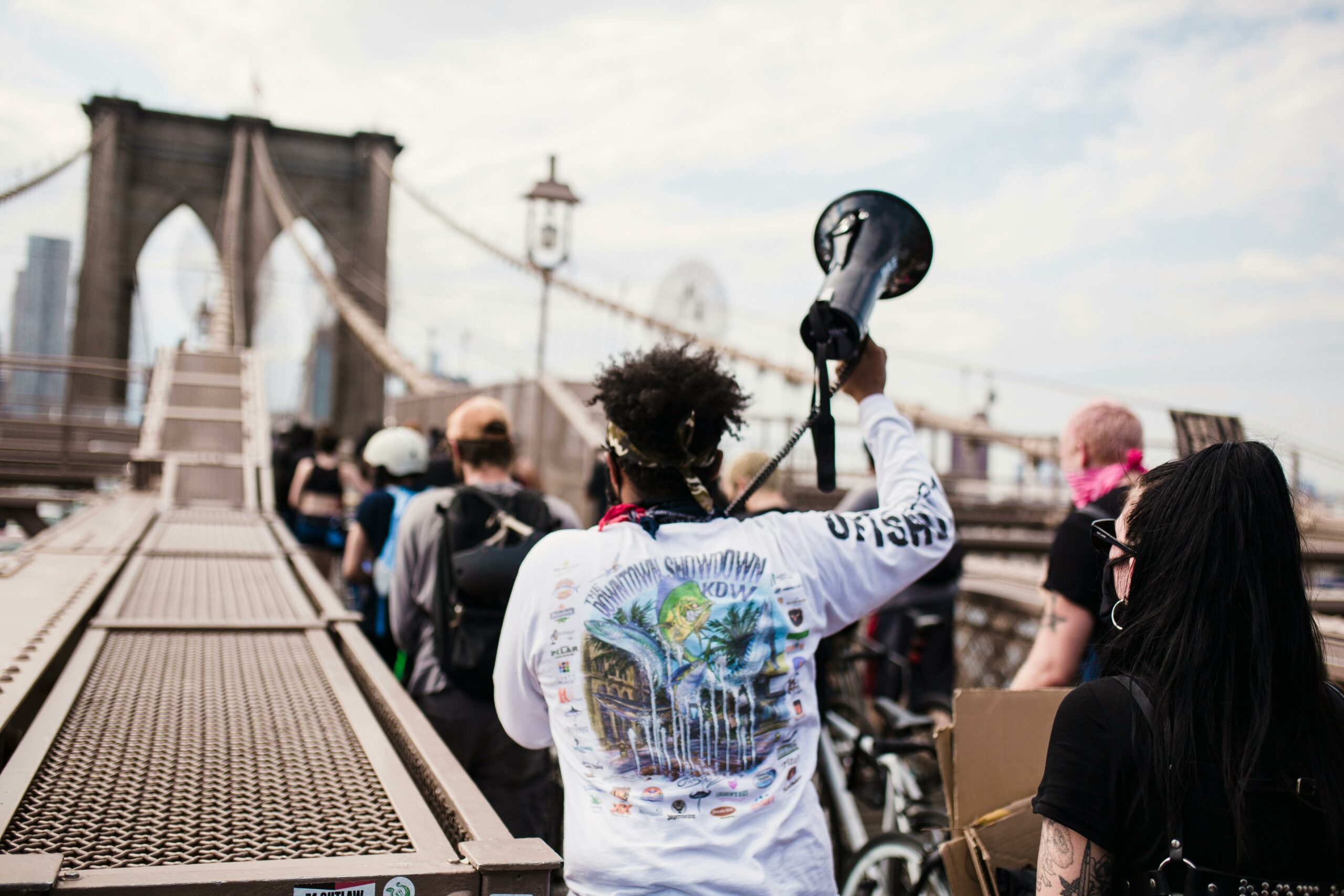Millions of social media messages are disseminated every single day and it’s no easy task to mobilize your audiences, especially when they’re bombarded with messages, advertisements, videos, reels, and other dopamine fueled distractions. One popular way to mobilize audiences that has been fairly consistent and successful is the use of cyber activism. According to techopedia, cyber activism is the process of using Internet-based socializing and communication techniques to allow any individual or organization to utilize social networks and other online technologies to reach and gather followers, broadcast messages and progress a cause or movement.
One particular meme that has been at the center of attention is the breast cancer meme. Today, I want to talk about what the breast cancer meme is and its overall mobilization effects. Next, let’s take a look at a few other important memes in history like the Ice Bucket Challenge and the controversial Black Lives Matter (BLM) movement. After analyzing some of these memes, we can get a better understanding of the characteristics that make them so memorable.
What Was The Breast Cancer Meme?
The breast cancer meme was a series of online social activities that was meant to raise awareness for breast cancer. The true origins of the breast cancer meme are unknown but possibly started on Facebook with a private message request asking females to update their status with a single color. The color chosen was supposed to be the same color as the bra they were wearing at the time. For example, “Laura, RED”. The idea of the meme was that when the men logged in and saw all the status updates, they would be confused.
Every year, other forms of this viral meme spread during Breast Cancer Awareness Month. Another fun one was where the private message asked women to update their statuses with the location where they liked to put their purse. The status updates would read “I like it on the floor” or “I like it behind the couch” which added some sexualization to the meme. These status updates were cheeky, fun, and brought tons of attention to them. Adding sexualization undoubtedly garnered the attention of many men which made it even more popular.
Evaluating The Breast Cancer Meme
The creation of the breast cancer meme goes to show you the power of cyber activism when it comes to mobilization. Everyone wants to feel like a hero by doing something small that could lead to big changes. It does not take much effort to share a status or like a post. Plus, being a part of a popular trend makes people feel like they belong and are part of a community. This sense of community and shared responsibility is why thousands are more than willing to participate and invite their friends along.
While the breast cancer meme spread like wildfire, it had its blind spots. There’s a big difference between getting people to share a post and motivating them to take concrete action. The challenge is keeping the momentum going after the initial burst of online enthusiasm.
The meme got folks talking, sure, but did it drive them to donate or volunteer? That’s debatable. Simply liking and sharing doesn’t always lead to tangible support or understanding of the actual issues. This points to the need for a stronger ‘call to action’, clear instructions on how people can actively contribute beyond their screens.
Comparing the Ice Bucket Challenge and BLM Movement
Cyber activism at its best doesn’t just make a splash, it creates waves that change society. Looking at the Ice Bucket Challenge and BLM movement, each reveals powerful insights into different mobilization tactics.
The Ice Bucket Challenge was clever in its simplicity. Its call to action was fun, engaging, and included a clear directive: pour ice water over your head, donate, and nominate friends. I actually remember participating in this particular meme back in 2014 when I was tagged by one of my friends. I reluctantly went to my freezer and grabbed the entire ice tray and filled it with water. Once in my bathroom, I turned on the camera on my phone called out 3 people, and poured the entire thing over my head. Boy, was it COLD. Part of me enjoyed the attention that I got from the post but another part of me felt proud for doing something good.
What I liked about the Ice Bucket Challenge was how it linked a playful activity with a purpose, driving awareness and funding for ALS research. However, its shortcoming lay in its brief lifespan; once the novelty wore off, so did the viral momentum.
On the flip side, the BLM movement showcases a different kind of mobilization. With BLM, the message wasn’t driven by fun, but by urgency and emotion. I remember the day this meme went viral, my entire Instagram feed was filled with pictures of just a plain black photo. For me, I was reluctant to just join the masses and put a black photo on my feed because I felt like this specific meme was in a way too emotionally and politically charged. However, the meme till this day is still going strong with lots of support.
Key Factors For Mobilization
What’s key with all of these movements is balancing longevity with initial impact. While the breast cancer meme was a popular, viral, and fun activity, it arguably didn’t do much more than to raise awareness. Combining the direct action from something like the Ice Bucket Challenge and the emotional depth and engagement from movements like BLM could have led to a stronger mobilization strategy for breast cancer awareness.

Thank you for this insightful post on cyber activism! It’s fascinating to see how different movements have utilized social media to engage audiences. The breast cancer meme, as you highlighted, shows the powerful reach of online campaigns, even though its impact on concrete actions like donations remains debatable.
Reflecting on my own experiences, the Ice Bucket Challenge stands out as an exemplary case of pairing fun with a purpose, leading to significant fundraising for ALS. It had a clear call to action—something that the breast cancer meme could have benefitted from to drive deeper engagement.
On the other hand, the BLM movement has shown the power of cyber activism driven by urgency and emotion, sustaining its momentum over time and creating lasting societal changes. The “Justice for Peanut and Fred” movement on Instagram further demonstrates contemporary applications of these tactics, highlighting both the potential and challenges of cyber activism today.
Overall, ensuring clear objectives and sustained engagement is pivotal for future online movements to translate awareness into tangible outcomes.